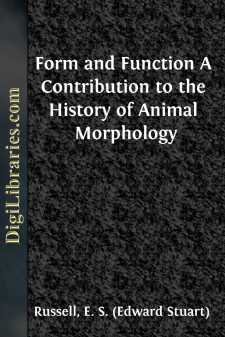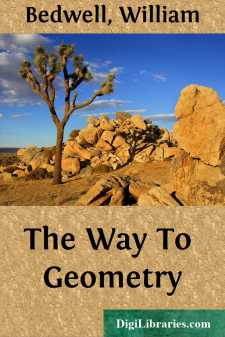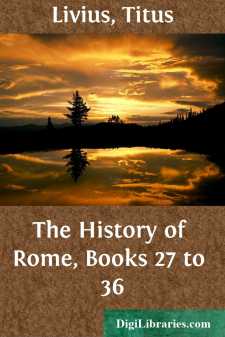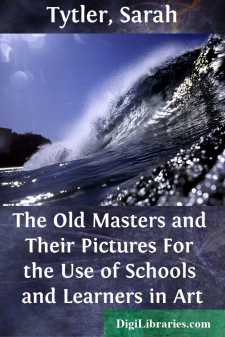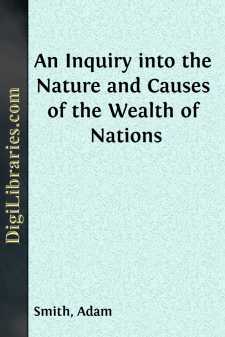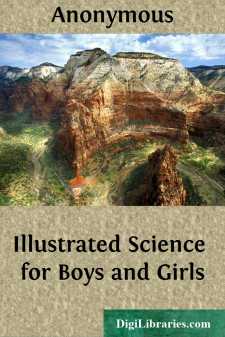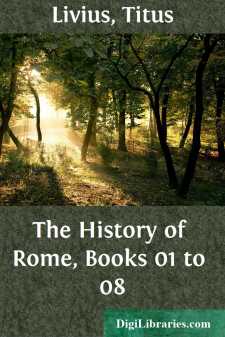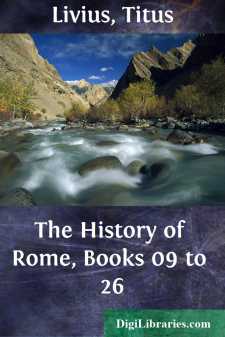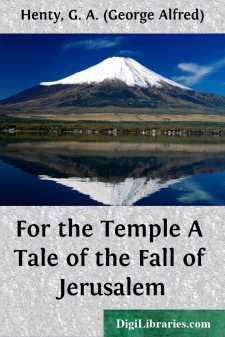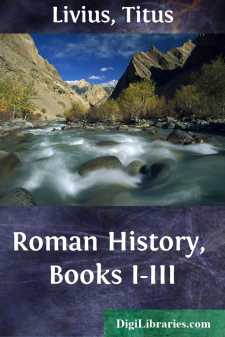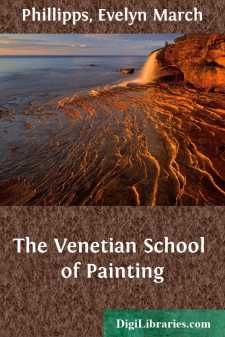Categories
- Antiques & Collectibles 13
- Architecture 36
- Art 48
- Bibles 22
- Biography & Autobiography 813
- Body, Mind & Spirit 142
- Business & Economics 28
- Children's Books 14
- Children's Fiction 11
- Computers 4
- Cooking 94
- Crafts & Hobbies 4
- Drama 346
- Education 46
- Family & Relationships 57
- Fiction 11829
- Games 19
- Gardening 17
- Health & Fitness 34
- History 1377
- House & Home 1
- Humor 147
- Juvenile Fiction 1873
- Juvenile Nonfiction 202
- Language Arts & Disciplines 88
- Law 16
- Literary Collections 686
- Literary Criticism 179
- Mathematics 13
- Medical 41
- Music 40
- Nature 179
- Non-Classifiable 1768
- Performing Arts 7
- Periodicals 1453
- Philosophy 64
- Photography 2
- Poetry 896
- Political Science 203
- Psychology 42
- Reference 154
- Religion 513
- Science 126
- Self-Help 84
- Social Science 81
- Sports & Recreation 34
- Study Aids 3
- Technology & Engineering 59
- Transportation 23
- Travel 463
- True Crime 29
Form and Function A Contribution to the History of Animal Morphology
Description:
Excerpt
PREFACE
This book is not intended to be a full or detailed history of animal morphology: a complete account is given neither of morphological discoveries nor of morphological theories. My aim has been rather to call attention to the existence of diverse typical attitudes to the problems of form, and to trace the interplay of the theories that have arisen out of them.
The main currents of morphological thought are to my mind three—the functional or synthetic, the formal or transcendental, and the materialistic or disintegrative.
The first is associated with the great names of Aristotle, Cuvier, and von Baer, and leads easily to the more open vitalism of Lamarck and Samuel Butler. The typical representative of the second attitude is E. Geoffroy St. Hilaire, and this habit of thought has greatly influenced the development of evolutionary morphology.
The main battle-ground of these two opposing tendencies is the problem of the relation of function to form. Is function the mechanical result of form, or is form merely the manifestation of function or activity? What is the essence of life—organisation or activity?
The materialistic attitude is not distinctively biological, but is common to practically all fields of thought. It dates back to the Greek atomists, and the triumph of mechanical science in the 19th century has induced many to accept materialism as the only possible scientific method. In biology it is more akin to the formal than to the functional attitude.
In the course of this book I have not hidden my own sympathy with the functional attitude. It appears to me probable that more insight will be gained into the real nature of life and organisation by concentrating on the active response of the animal, as manifested both in behaviour and in morphogenesis, particularly in the post-embryonic stages, than by giving attention exclusively to the historical aspect of structure, as is the custom of "pure morphology." I believe we shall only make progress in this direction if we frankly adopt the simple everyday conception of living things—which many of us have had drilled out of us—that they are active, purposeful agents, not mere complicated aggregations of protein and other substances. Such an attitude is probably quite as sound philosophically as the opposing one, but I have not in this place attempted any justification of it. I have touched very lightly upon the controversy between vitalism and materialism which has been revived with the early years of the present century. It hardly lends itself as yet to historical treatment, and I could hardly hope to maintain with regard to it that objective attitude which should characterise the historian.
The main result I hope to have achieved with this book is the demonstration, tentative and incomplete as it is, of the essential continuity of animal morphology from the days of Aristotle down to our own time. It is unfortunately true that modern biology, perhaps in consequence of the great advances it has made in certain directions, has to a considerable extent lost its historical consciousness, and if this book helps in any degree to counteract this tendency so far as animal morphology is concerned, it will have served its purpose....


